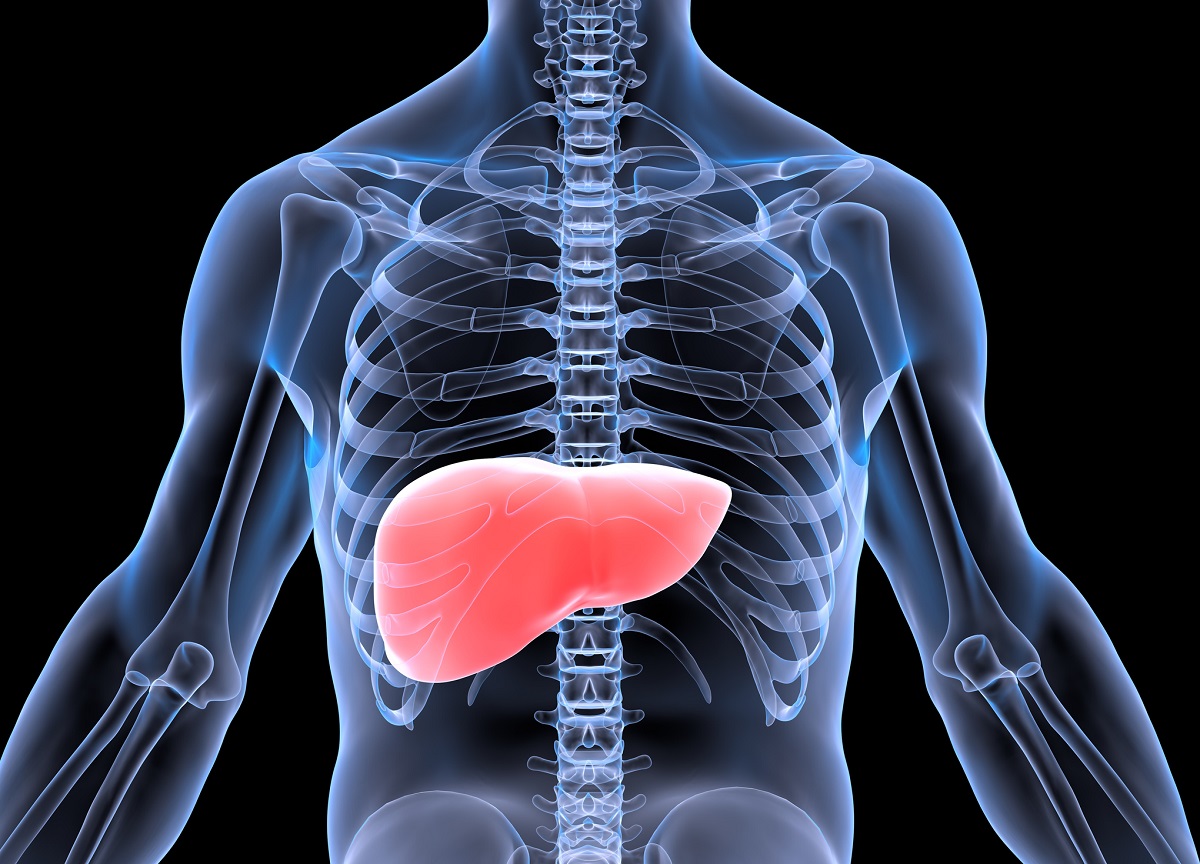The Medical Minute: The connection between alcohol and liver transplantation

Since the start of the COVID-19 pandemic, alcohol use has been on the rise ― and so has alcohol-associated liver disease. Between March 2020 and January 2021, the number of patients with alcohol-associated liver disease who received a new liver or were placed on a waiting list surpassed pre-COVID projections by 50%. The illness is now the leading reason for liver transplants in the U.S.
The liver is responsible for making proteins that help blood clot while filtering and eliminating toxins from blood. If the liver has been too badly damaged to do its job, the only option is a liver transplant.
“Liver transplantation in sick patients is lifesaving,” said Dr. Juan Arenas, chief of the Division of Transplant Surgery at Penn State Health Milton S. Hershey Medical Center.
What exactly does alcohol do to the liver?
Alcohol damages the liver by creating fatty deposits. Over time, they cause scarring known as cirrhosis, which is one form of alcohol-associated liver disease. Another is alcohol-associated hepatitis ― where drinking too much alcohol in a short amount of time inflames the liver.
But how much alcohol is too much? “The general rule is more than two drinks a day for men, more than one drink a day for women puts you at risk,” said Dr. Karen Krok, a gastroenterologist and hepatologist at the Milton S. Hershey Medical Center.
Other causes of liver disease include Hepatitis C, Hepatitis B, autoimmune disease or nonalcoholic fatty liver disease, which is the most common liver disease in the U.S.
What are the symptoms of alcohol-associated liver disease?
In the early stage of the disease, a person may have elevated levels of liver enzymes but may otherwise show no symptoms. Eventually, elevated liver enzymes can lead to jaundice―the yellowing of a person’s eyes or skin.
Other more serious symptoms include:
- Ascites, fluid build-up in the belly
- Esophageal varices, dilated blood vessels in the esophagus that can bleed
- Hepatic encephalopathy, mental confusion caused by toxin buildup.
Liver disease is most commonly diagnosed through blood work, but it can also be found incidentally when imaging shows scarring or other damage on the liver.
When is liver transplantation necessary?
The liver is the only organ other than skin that can heal and regenerate itself. As long as someone with alcohol-associated liver damage abstains from alcohol, they can treat their symptoms with medication as the alcohol toxin leaves the liver.
When the liver no longer regenerates, the patient might require a transplant. Patients with acute liver failure are given a Model for End-Stage Liver Disease (MELD) score, which determines on a scale of six to 40 how urgently a patient needs a new liver. The higher the MELD score, the more quickly a patient will receive a liver transplant.
The human body is less likely to reject a liver than other organs. The U.S. health care system performs about 7,000 liver transplants each year, and the average survival rate in the U.S. is 91% after one year and 75% after five years.
Who qualifies for a liver transplant?
The most basic requirement is that patients must be able to physically handle the surgery. The transplant team must also feel confident that the patient will be a good steward of the liver they are receiving.
“We have to make sure the patient is going to follow medical recommendations and protect that organ,” Arenas said. “Social support is very important in helping patients get through the hard times, come to appointments and stay away from the substance that has led to liver disease.”
“The liver transplant community is at a turning point in how we treat patients with alcohol-associated liver disease,” Krok said.
For many years, patients had to abstain from alcohol for six months before they would be considered for a liver transplant. However, there is no data that proves this prevents relapse and very sick patients may die during this period. Now, patients can be considered for liver transplantation without the six-month abstinence period.
“It’s a challenge for patients to go through this,” Krok said. “We’re really lucky to have a fantastic liver transplant team to help our patients through this procedure.”
Related content:
- The Medical Minute: Ring in the New Year, rein in your drinking
- The Medical Minute: Living donors may benefit transplant patients
The Medical Minute is a weekly health news feature produced by Penn State Health. Articles feature the expertise of faculty, physicians and staff, and are designed to offer timely, relevant health information of interest to a broad audience.
If you're having trouble accessing this content, or would like it in another format, please email Penn State Health Marketing & Communications.
